You know when someone asks you about Louisiana, flooding probably isn’t the first thing that comes to mind. Maybe you think about jazz music drifting through French Quarter streets, or steaming bowls of gumbo, or those massive oak trees draped in Spanish moss. But here’s the brutal truth: Louisiana is drowning, slowly but surely, and each passing year brings another devastating reminder that this isn’t just about bad weather anymore.
The state sits like a patient on life support, constantly battling against forces both seen and unseen. Every hurricane season, every tropical storm, every heavy rainfall event becomes a potential catastrophe. And while other states might get to treat flooding as an occasional inconvenience, Louisiana faces it as an existential threat. The question isn’t really if the next big flood will come – it’s when, and how much destruction it’ll bring this time.
The Land That Won’t Stop Sinking

Picture this: you’re standing on ground that’s literally disappearing beneath your feet, inch by inch, year after year. That’s the reality for millions of Louisiana residents living with subsidence – the gradual sinking of land that makes flooding inevitable. Every year, 25-35 square miles of land off the coast of Louisiana – an area larger than Manhattan–disappears into the water due to a combination of subsidence (soil settling) and global sea level rise.
The numbers are staggering when you really think about it. Some areas are experiencing up to 47 millimeters (nearly 2 inches) of elevation loss annually. In New Orleans specifically, land-surface altitude data collected in the leveed areas during five survey epochs between 1951 and 1995 indicated mean annual subsidence of approximately 8 millimeters per year. It might sound like small change, but in a city where much of the land already sits below sea level, every millimeter counts.
When Rivers Can’t Do Their Job Anymore
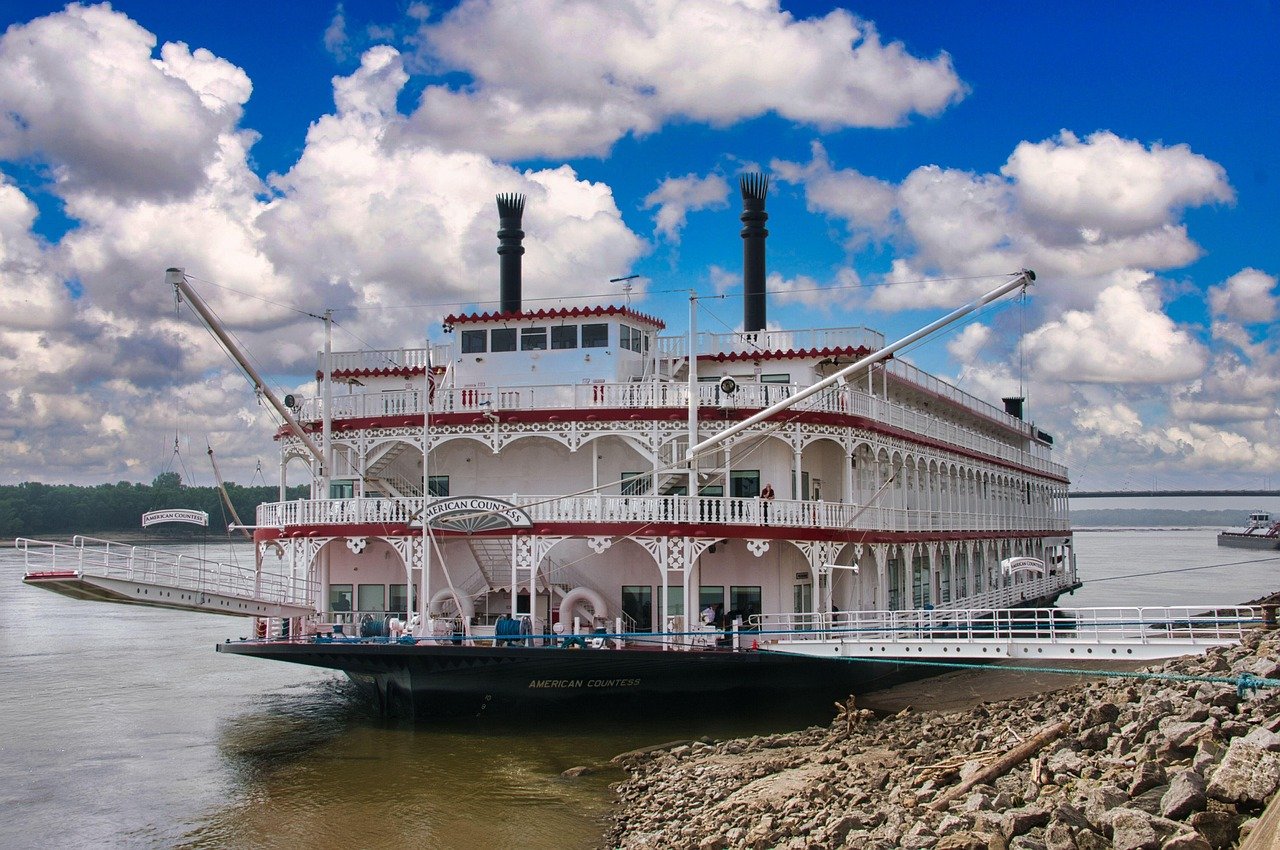
The Mississippi River used to be Louisiana’s best friend, regularly flooding the coastal wetlands and depositing fresh sediment that built up the land. But humans had other plans. Prior to the building of levees on the Mississippi River, the wetlands were kept in balance by occasional floods, which filled the area with sediment, and subsidence, the sinking of land. After the levees were built, however, flood sediment flowed directly into the Gulf of Mexico.
Now the river races past Louisiana’s wetlands like a freight train with no stops, carrying all that precious land-building material straight out to sea. Since 1850, the amount of sediment in the Lower Mississippi River has decreased by approximately 50-60 percent. Think of it like having your foundation continuously crumble away while being blocked from getting the materials to repair it. The wetlands that once protected Louisiana from storm surge are starving to death.
Oil, Gas, and the Underground Exodus
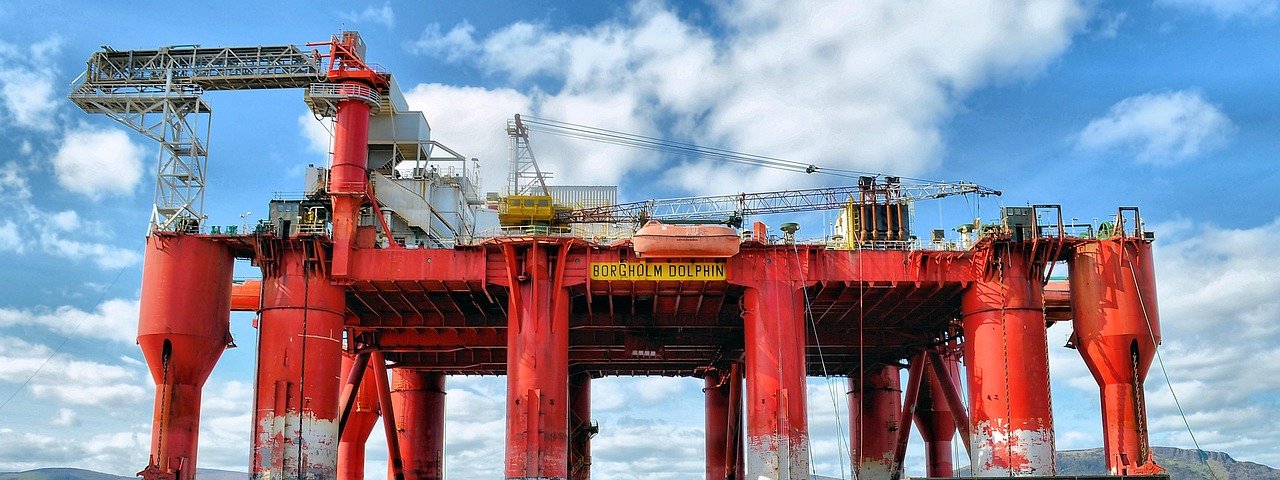
Louisiana’s been punching holes in the ground for nearly a century, extracting oil and gas like there’s no tomorrow. Some observers blame the direct effects of oil and gas extraction, known as fracking. They contend that, as billions of barrels of oil and saltwater and trillions of cubic feet of gas were removed from the subterranean structures in which they had accumulated over millions of years, these structures lost their ability to support the weight of the earth above.
It’s like removing the support beams from a house and wondering why the ceiling starts sagging. Anytime you extract fluids from the sub-surface it’s going to lead to sinking at the surface. The land literally has less to hold it up than it used to, and gravity always wins in the end.
The Incredible Shrinking Wetlands

Louisiana’s wetlands are disappearing at a rate that would make your head spin. An average of 16.57 square miles of South Louisiana land, mostly marsh, has disappeared each year according to recent USGS data, according to the U.S. Geological Survey (USGS). To put that in perspective, this loss equates to a football-field-sized area approximately every 100 minutes.
These aren’t just pretty places for birds to hang out – they’re Louisiana’s first line of defense against flooding. Marshlands are not only home to a delicate ecosystem, but also serve as a natural barrier between land and sea. During storms and hurricanes, the wetlands slow the influx of water into more heavily populated areas. When they disappear, it’s like removing the shock absorbers from your car before hitting a pothole-riddled road.
Climate Change Cranks Up the Heat
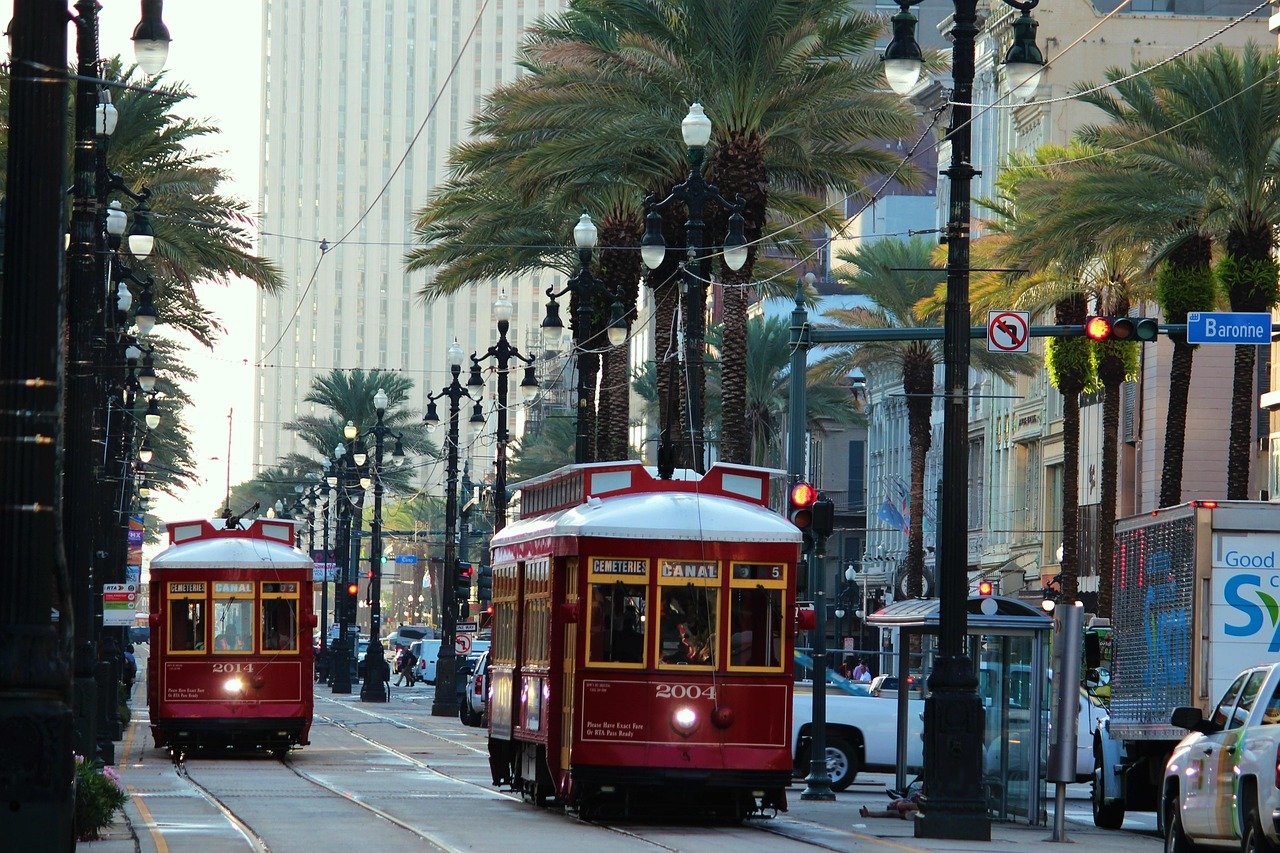
If all these problems weren’t enough, climate change decided to crash the party and make everything worse. Since 2010, the U.S. Gulf Coast has seen a sudden burst of rapid sea level rise, with rates that scientists didn’t expect to see until late this century. The Gulf of Mexico is warming up like a giant bathtub, creating more powerful storms and pushing more water toward Louisiana’s vulnerable coastline.
In coastal Louisiana that average rate is about half an inch per year right now. That rate is about four times higher than the global average. When you’re already living below sea level, every fraction of an inch matters. It’s like being in a leaky boat where someone keeps turning up the faucet.
Hurricane Highways: Canals That Funnel Disaster
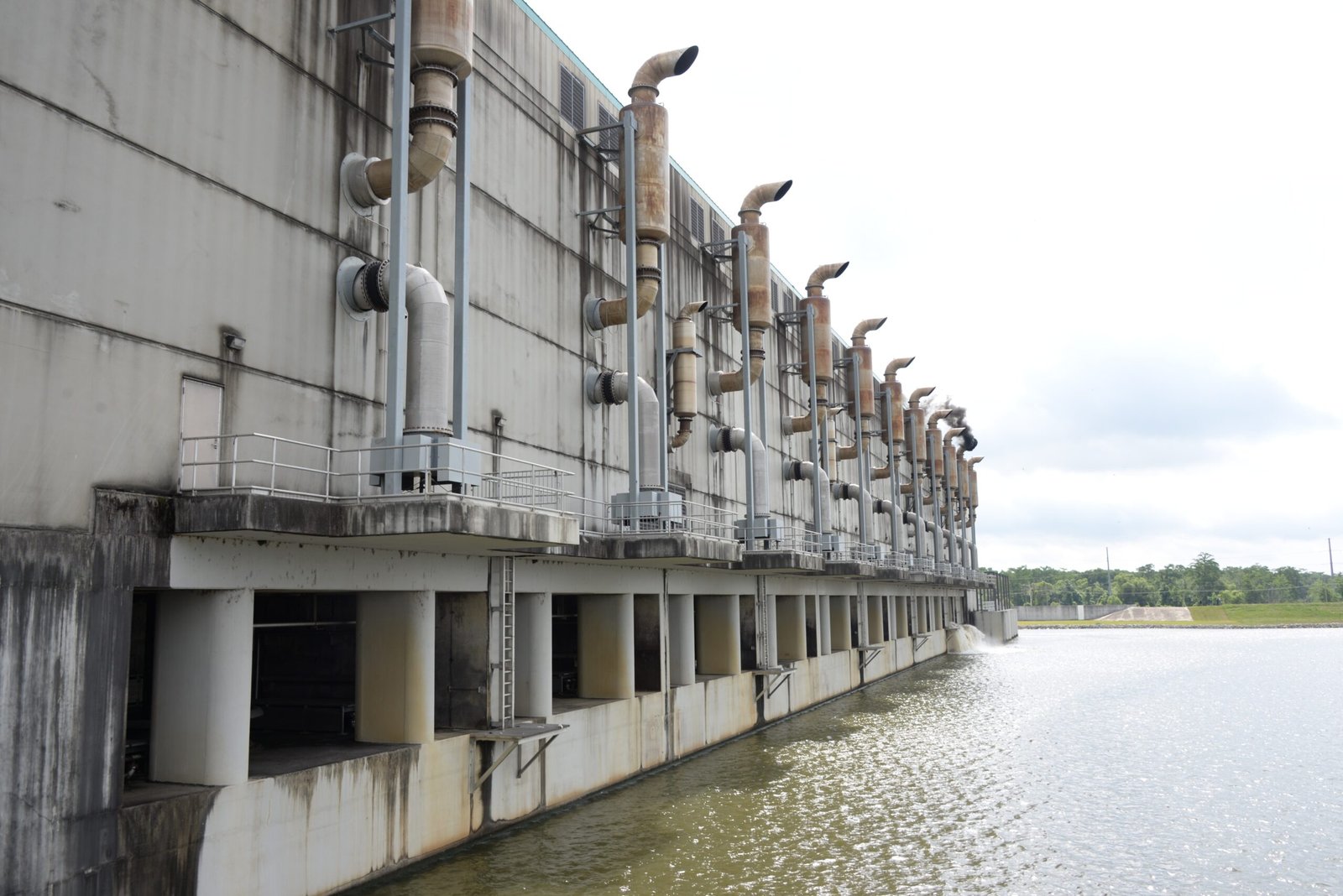
Louisiana is crisscrossed with thousands of miles of canals, many dug for oil and gas operations or navigation. These seemed like good ideas at the time, but they’ve turned into express lanes for storm surge and flooding. Thousands of miles of oil and gas canals have been dug to accommodate energy infrastructure and extraction, altering the natural hydrology, disrupting the salinity balance and killing the vegetation of freshwater wetlands, causing them to subside underwater.
During hurricanes, these canals act like massive straws, sucking saltwater deep into areas that should be protected. The outlet also allows saltwater intrusion and tidal action into freshwater ecosystems, killing vegetation and turning the marsh into a stretch of open muddy water. It’s as if someone built a network of highways specifically designed to help floodwater reach your neighborhood faster.
When the Pumps Can’t Keep Up

New Orleans has always been a city that fights water with engineering, and its pumping system is legendary. But even the most sophisticated pumps have their limits. A series of thunderstorms producing very heavy rainfall in excess of 2 inches per hour passing over the New Orleans metro area for several hours resulted in rainfall totals of 6 to 10 inches over a 2 to 3 hour period, and this overwhelmed the local drainage capacity resulting in widespread flash flooding.
Recent flooding events show just how quickly things can go sideways. In Jefferson Parish, officials urged households to limit their water usage through Thursday evening as the parish’s large and aging sewer system became overwhelmed by storm runoff. It’s like trying to empty a swimming pool with a garden hose while someone keeps adding more water with a fire hose.
The $15 Billion Gamble
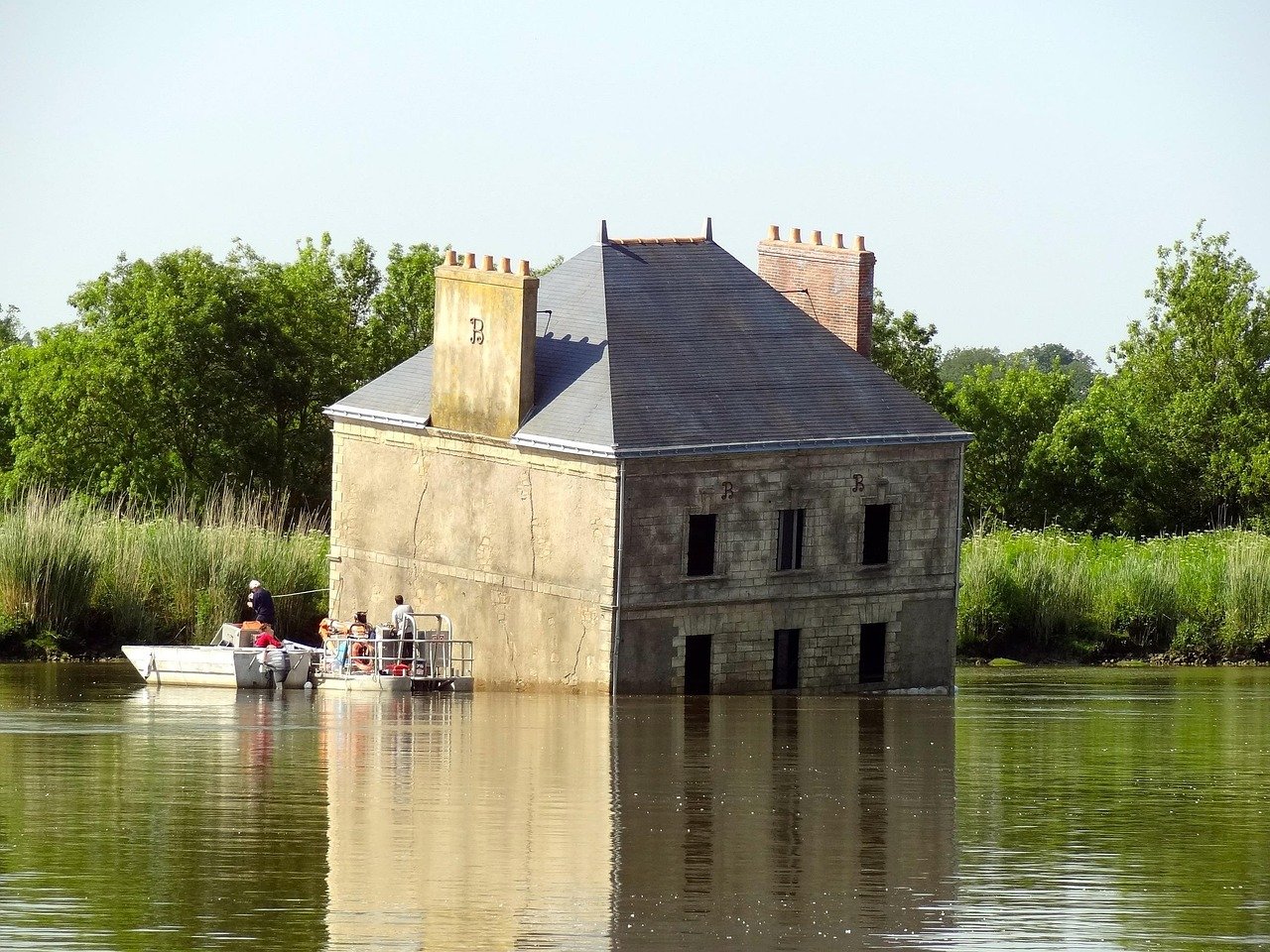
After Hurricane Katrina, Louisiana didn’t mess around. The state built what’s essentially the Fort Knox of flood protection systems – a $15 billion post-Katrina flood protection system complete with massive levees, floodgates, and pumping stations. It’s an impressive feat of engineering that’s already proven itself during several major storms.
But here’s the kicker: even this massive system is fighting a losing battle against subsidence. Some of the concrete floodwalls and levees built to protect the city after Katrina are themselves sinking. In a few cases, parts of the Hurricane and Storm Damage Risk Reduction System (HSDRRS) are losing elevation faster than sea levels are rising, reducing their capacity to block storm surges. It’s like building a fortress on quicksand – impressive, but ultimately temporary.
The Wetland Death Spiral
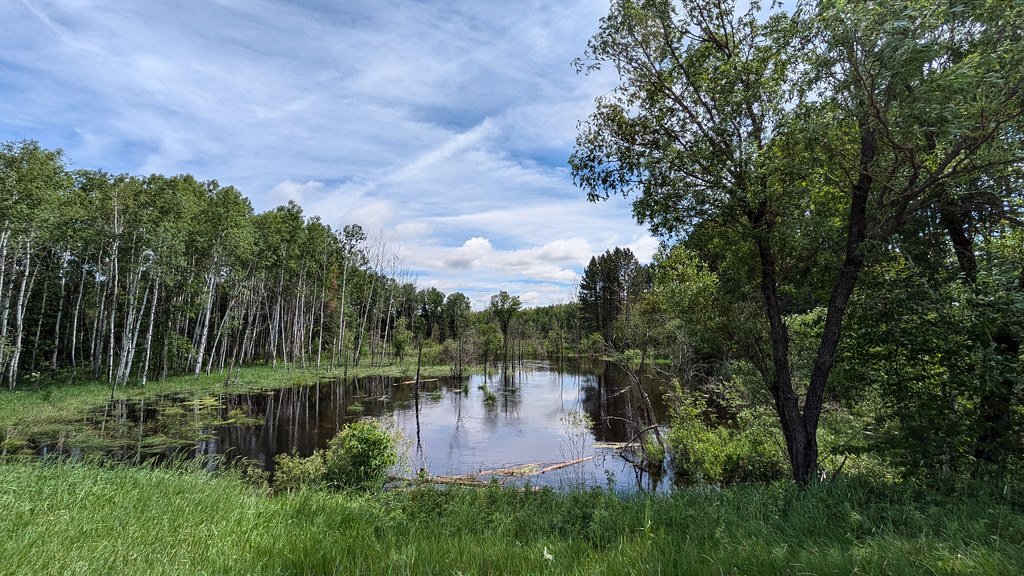
Scientists studying Louisiana’s wetlands have discovered something truly alarming. Across more than 200 wetland monitoring stations, seas are almost always rising faster than wetlands are able to grow – meaning that most wetlands are in a state of “drowning.” About ninety percent of monitoring sites can’t keep up with current sea level rise rates.
This creates what experts call a death spiral. As these wetlands become overly saturated by rising sea levels and the vegetation within them dies, the protection provided by these areas is reduced, jeopardizing the local communities and economy. Without wetlands to absorb wave energy and slow down storm surge, the communities behind them become sitting ducks for the next big storm.
The Economic Flood Factor
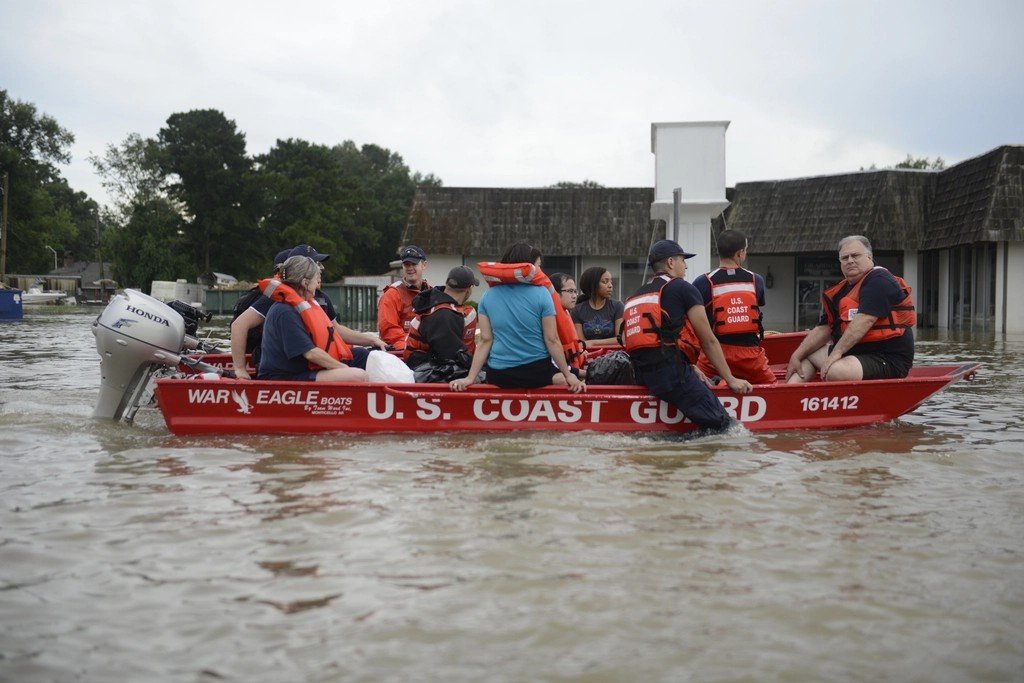
Louisiana’s flooding problem isn’t just about soggy basements and ruined carpets – it’s about economic survival. From 1980-2024, there were 89 confirmed weather/climate disaster events with losses exceeding $1 billion each to affect Louisiana. These events included 15 drought events, 10 flooding events, 1 freeze event, 44 severe storm events, 27 tropical cyclone events, and 9 winter storm events.
Every major flooding event doesn’t just destroy property – it drives businesses away, disrupts supply chains, and forces families to make impossible choices about whether to rebuild or relocate. Since the coastal wetlands support an economically important coastal fishery, the loss of wetlands is adversely affecting this industry. When your natural infrastructure collapses, your economic infrastructure usually follows.
Conclusion

Louisiana’s flooding crisis represents a perfect storm of human interference, natural processes, and climate change acceleration. The state faces a relentless combination of sinking land, disappearing wetlands, rising seas, and increasingly powerful storms. While massive engineering projects and restoration efforts continue, the fundamental challenge remains: Louisiana is fighting against forces that operate on geological timescales with solutions that must work within human lifespans.
The billions already spent on flood protection demonstrate the state’s commitment to survival, but they also highlight the enormity of the challenge. Louisiana’s flood problem isn’t just a local issue – it’s a preview of what coastal communities worldwide will face as climate change accelerates and sea levels continue rising.
The question that haunts Louisiana isn’t whether the next big flood will come, but whether the state can adapt quickly enough to keep its head above water. Did you expect the solutions would need to be this massive and complex?

Hi, I’m Andrew, and I come from India. Experienced content specialist with a passion for writing. My forte includes health and wellness, Travel, Animals, and Nature. A nature nomad, I am obsessed with mountains and love high-altitude trekking. I have been on several Himalayan treks in India including the Everest Base Camp in Nepal, a profound experience.




